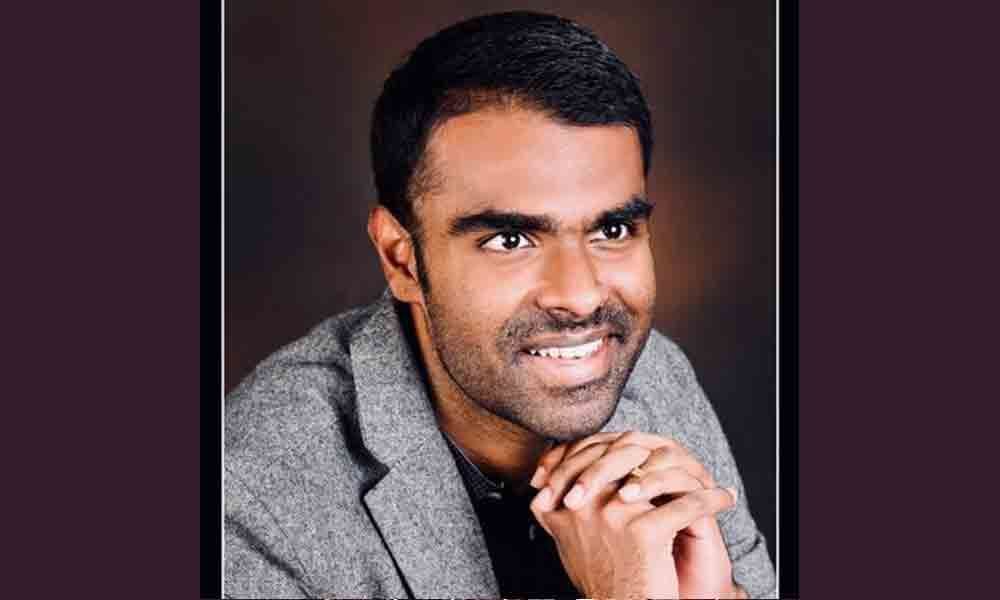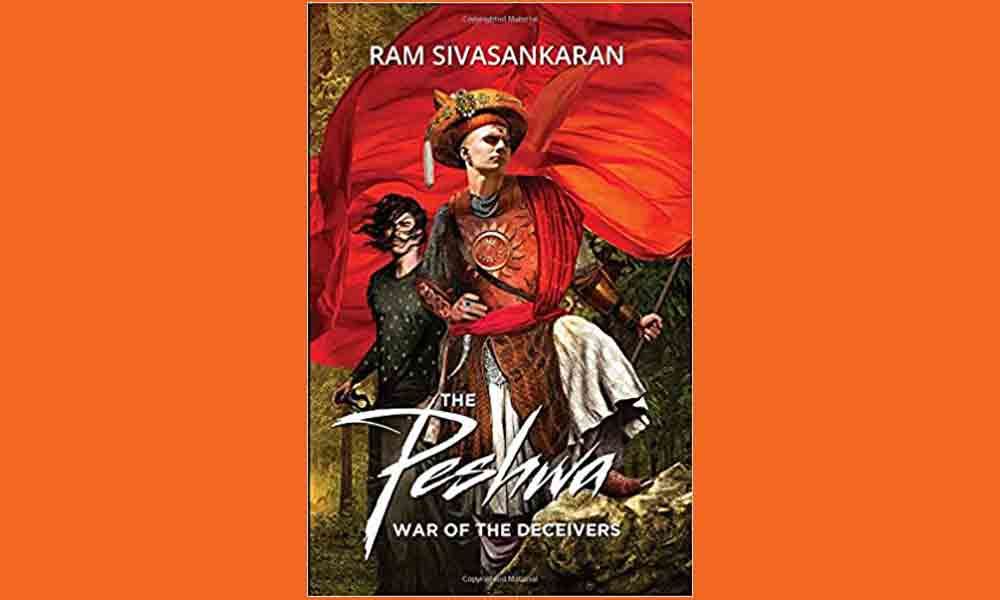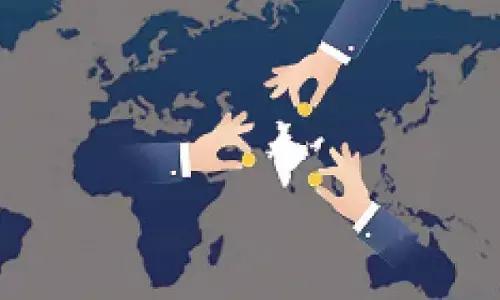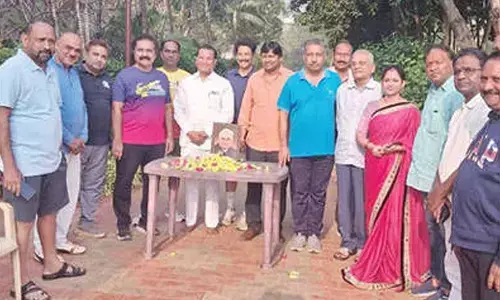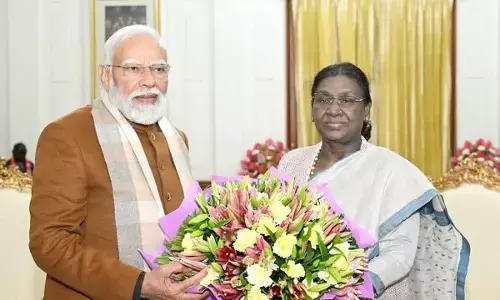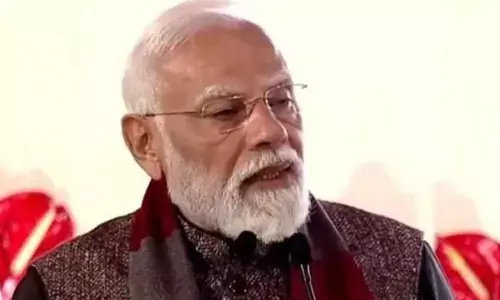Of war, politics and more
It is a risky move for a plot this thick that paid of well - whether that is due to the literary prowess or sheer luck remains a question
This book is the second one in The Peshwa series. It can be read independently, but reading its prequel is recommended to understand a few references made throughout the book. As the name suggests, it is full of war, politics, strategies and espionage. Sivasankaran takes the series of incidents from our history and weaves a grand tale. While there are some aspects that make the book binge-worthy, there are also disappointing ones that do not go unnoticed. Here are the factors that my review is based on:
Language - Sivasankaran is a brilliant writer. He definitely sets a standard for Indian authors to work on their English. The language throughout is simple and effective. A few words from Hindi and Marathi are introduced where needed. It is certainly descriptive and elaborate.
Plot - It is rich and ambitious. Essentially, it speaks of how a few small kingdoms allied with The Marathas and The Sikhs to overthrow the Mughals and the Nizams. This is a plot driven book where about 6 or 7 plot points are introduced to us in the first half. However, it does get frustrating to see these plot points lead nowhere till about 85% of the book and then goes on to making everything fall in place, in the end. It is a risky move for a plot this thick that paid of well - whether that is due to the literary prowess or sheer luck still remains a question.
Research - It takes an interesting perspective on our history and takes full advantage of dramatisation liberties. Furthermore, it stays neutral to the Rajputanas, Marathas, Bundelas and the Khalsas. They say that history is written by the winning side. This book proves that you could stay neutral and still get the job done. You get to read about historical figures like Mastani, Kashibai, Peshwa Bajirao and Nizam Ul Mulk among many others.
Character Development - This is probably the most inadequate aspect of the book with an overabundance of characters that may or may not be vital to the story. The characters are strictly two-dimensional, cliche and easily predictable - a little too black and white. Shades of grey are what bring humanity to a character, making it more relatable to an audience. The greatness of the protagonist in any story depends incalculably on the strength of its antagonist. Heroes that have flaws and villains that have redeeming qualities always make a strong case for character development, which was disappointingly non-existent in this book.
Dialogue - As dramatic as historical fiction can be made, the dialogues need to make sense. There are many instances where the conversation is unnecessarily elaborate and self-indulgent, leaving very little for imagination.
Overall, this deserves an A for effort and a 2.8 stars on a scale of 5. Best read when there are no other priorities to be taken care of. It is a decent read if you are a history buff.


